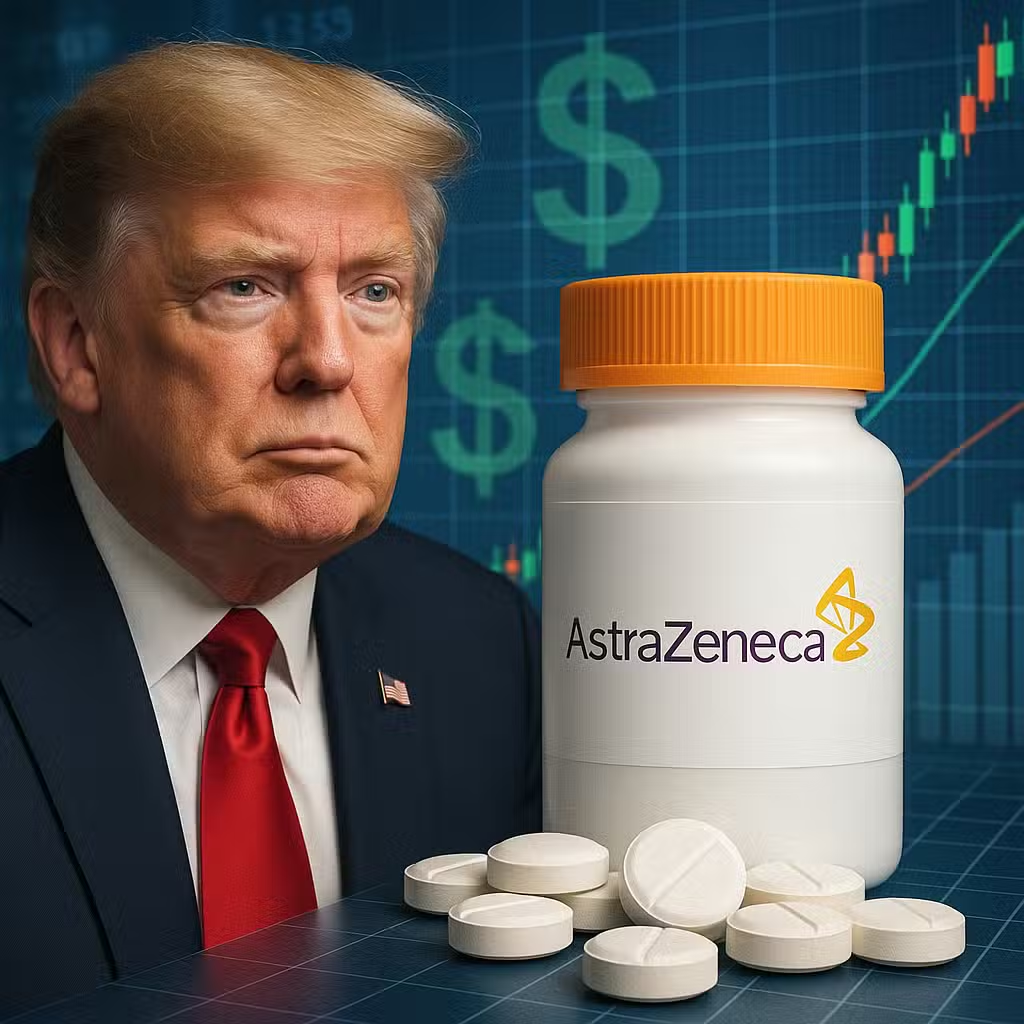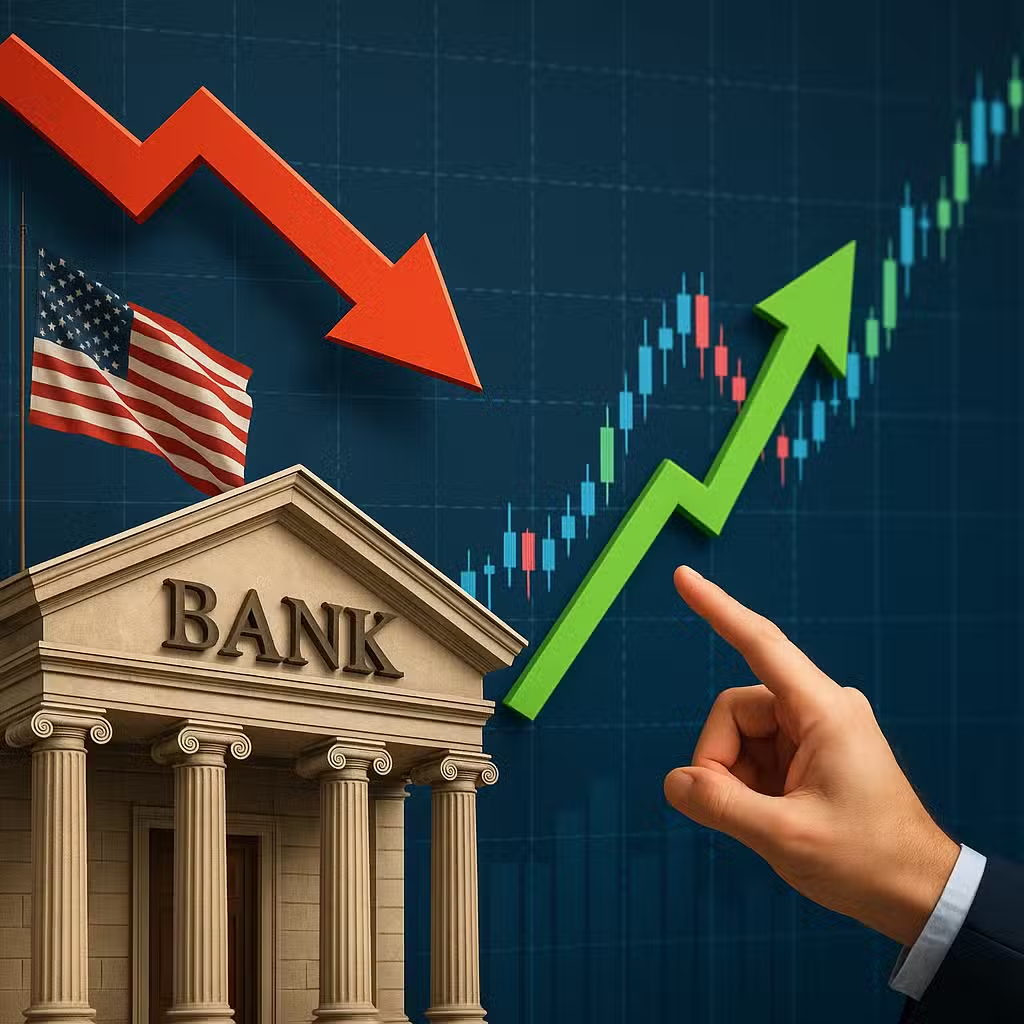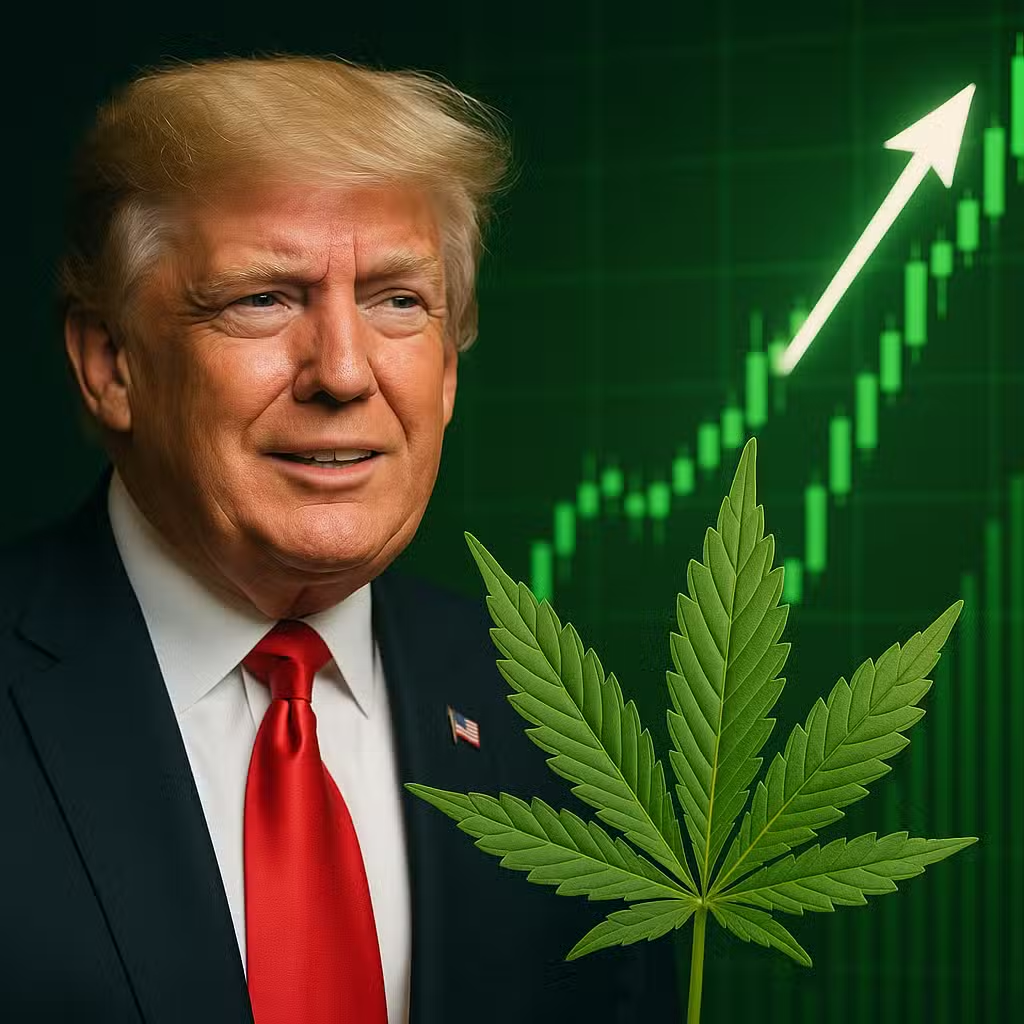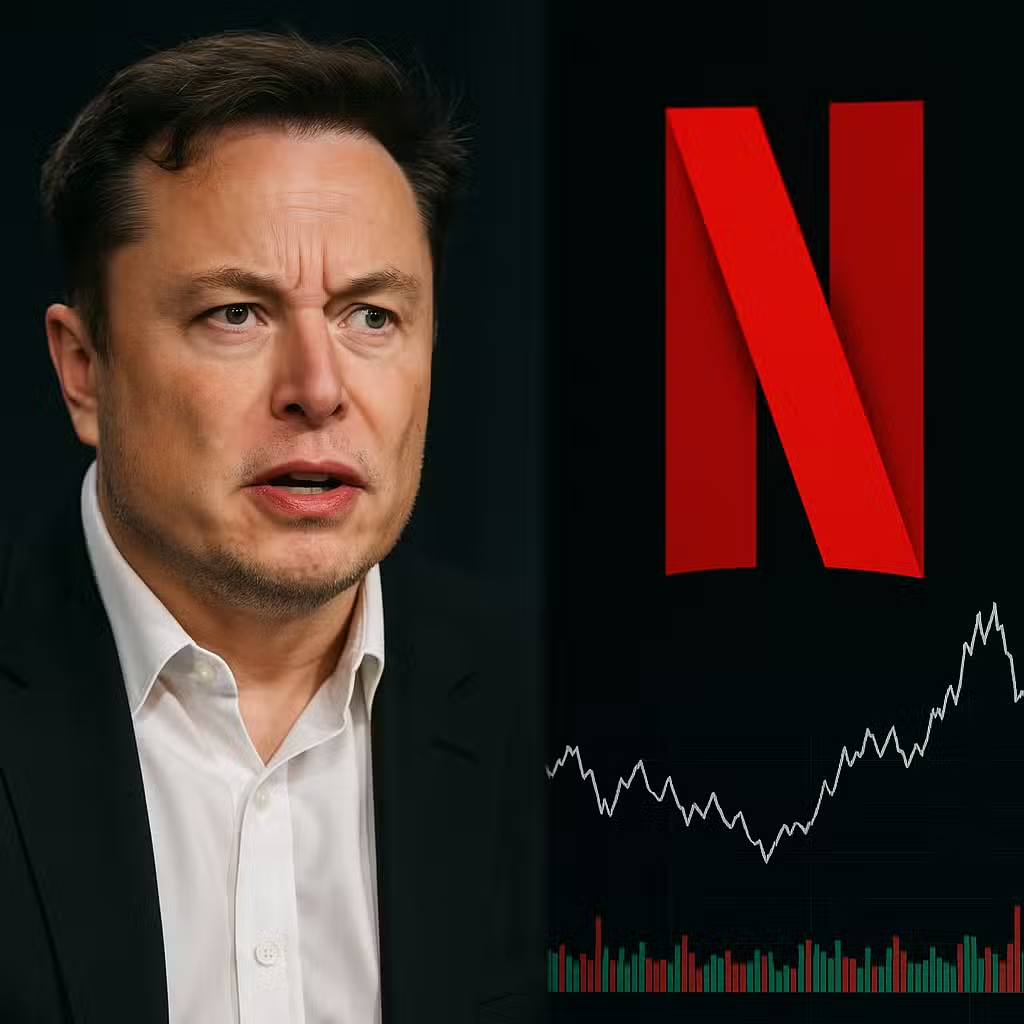Trump-AstraZeneca Drug Pricing Deal May Ease Costs, Offering Clarity for Healthcare Investors
Imagine if your favorite grocery store suddenly promised to sell bread at the same low price as the cheapest store in the world. That’s what’s happening with some big drug companies in the U.S. right now, and it could change what investors see in the healthcare market.
What Happened?
The Trump administration just made a deal with AstraZeneca, a huge drug company from the U.K., to lower drug prices in the U.S. This follows a similar agreement with Pfizer, an American drugmaker, just last month.
Under this new deal, AstraZeneca will sell certain medicines to Medicaid patients at the lowest price it offers in any other major country. These prices will be available on a new government website called TrumpRx.gov starting early next year.
In return, AstraZeneca won’t have to pay special tariffs (extra taxes) that the government was threatening to put on drug companies. Pfizer got a similar deal and also promised to keep investing in U.S. factories.
Why This Matters for Investors
Drug prices are a big deal for investors because they can change profits for companies and impact the whole healthcare sector. Lower prices might mean less money for drug companies, but these deals could also help them avoid big taxes and keep their business strong in the U.S.
- Pharmaceutical stocks may react to news of price cuts or tariff threats.
- Healthcare funds and ETFs could shift as investors weigh risks and rewards.
- Companies that focus on U.S. manufacturing may become more attractive.
Bull Case: Why This Could Be Good
- Lower prices could boost demand: Cheaper drugs might mean more people can afford them, leading to higher sales volume.
- Tariff relief helps profits: Companies skipping tariffs could save millions, helping their bottom line.
- More U.S. investment: AstraZeneca is planning to invest $50 billion in the U.S. by 2030, which could mean more jobs and economic growth.
- Political goodwill: Working with the government might help companies avoid future regulatory headaches.
Bear Case: Why This Could Be Bad
- Profit margins shrink: Selling drugs at the lowest global price could cut into profits, especially for high-priced medicines.
- Uncertainty for future deals: If more companies have to agree to these terms, earnings could be unpredictable.
- Tariffs still a threat: If companies don’t meet government demands, tariffs as high as 250% could come back.
Extra Data: How U.S. Drug Prices Compare
According to a 2021 study by the RAND Corporation, U.S. prescription drug prices are about 2.56 times higher than those in 32 other countries, including the U.K., Canada, and Germany. You can read more about that here. This helps explain why these new deals are such a big deal for both consumers and investors.
What’s Next?
President Trump says more deals like this could be coming soon, with other major drugmakers. He believes companies are investing in the U.S. mainly because they want to avoid high tariffs.
Investor Takeaway
- Watch for more deals between the government and drugmakers—these could move healthcare stocks.
- Consider the risks and rewards of investing in companies that rely heavily on U.S. drug sales.
- Keep an eye on healthcare sector ETFs, which might see shifts as more companies face new pricing rules.
- Look for drugmakers with strong U.S. manufacturing plans—they could benefit most from tariff relief.
- Stay tuned for updates on TrumpRx.gov and other policy changes that could impact drug prices and investment strategies.
For the full original report, see CNBC







